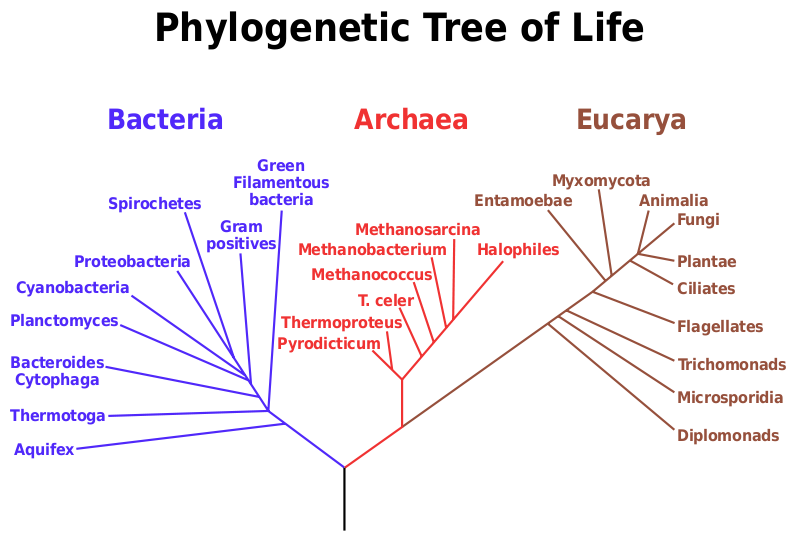Classification
Domain: Eukaryota
Kingdom: Animalia
Phylum: Chordata
Class: Reptilia
Order: Prolacertiformes
Family: Tanystropheidae
Genus: Tanystropheus
Species: Tanystropheus longobardicus
Tanystropheus longobardicus was
classified in the domain Eukaryota because
this species cells contain a nuclei (Youngson, 2006). The kingdom Animalia then
follows the domain
because T. longobardicus was a multicellular
eukaryotic organism that exhibits motility at some point in
their life cycle (Shapiro, 2012). Because this organism possessed
evidence of a notochord, a hollow dorsal
nerve cord, pharyngeal
slits and a post-anal tail for a least some period
of its life this species
falls in the phylum Chordata (Rychel, Smith,Shiamoto,2006), which includes the
super class Tetrapoda because of this species four limbs. This
organism also falls under the class Repitilia because of the pattern
of the openings in its skull (Clack, 2006). The order of
Prolacertiformes fits this organism because it has
snyapomorphies of a long neck formed by elongated cervical
vertebrae with ribs that
extend backward to several vertebrae behind them (Sues and
Fraser, 2010). The T.
longobardicus fits
within the family of Tanystropheidae because of its marine habitat
and long, stiff neck (Rieppel et al, 2010). The
tie to the Genus Tanystropheus comes from its diet of fish,
inferred through its long,
narrow snout; sporting sharp, interlocking teeth (Renesto, 2005). The
species name
comes from the three-cusped cheek teeth that were present in the
jaw, indicating piscivory (a diet of fish) (Fraser, 2006).

